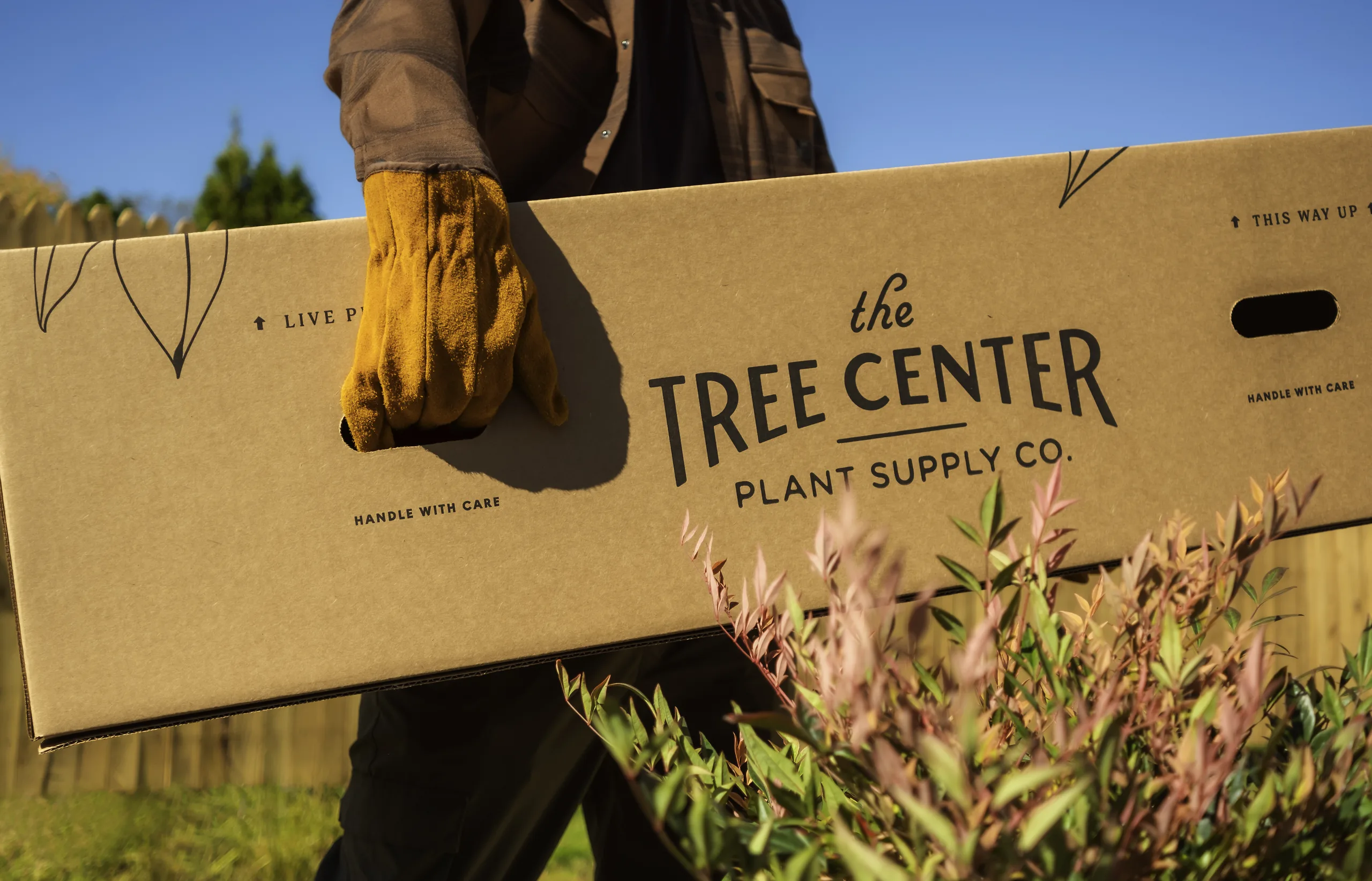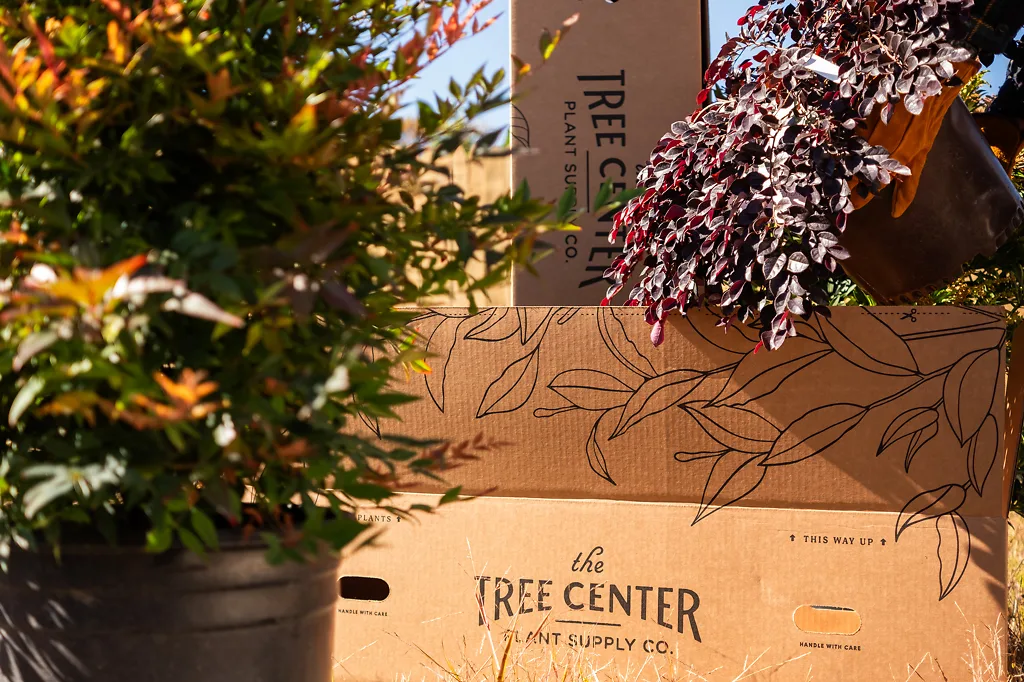
Written by s • November in the Garden
There are two schools of thought among gardeners about November. One group – perhaps the majority – see it as a time to gaze out on a fading landscape, relishing the special beauty of a still-green lawn scattered with leaves, or admiring dying grasses encrusted with frost. The bitter-sweet fragility of nature entrances us, bringing nostalgia and a moment where success and failure are equally balanced. The shorter days and colder weather drive us indoors, and ‘another day’ feels like the right time to do those jobs. If you haven’t gardened for long you probably feel that spring is obviously the right time for them, and of course there will be plenty of time and energy available then, you are sure. Older gardeners carry the scars of crazy springs, when they were overwhelmed by the speed and energy of it all, and never did even half of what they had planned. In November those scars begin to itch and motivate us to resist the natural lethargy that sets in as we race towards the shortest day of the year.
Frost Crystals on Dead Grasses
Driven by striking photographs, the idea of leaving dead plants standing for winter became fashionable some years back. The Japanese concept of Wabi Sabi – the beauty of impermanence and gentle decay – gave a philosophical motivation to this as well. Just kick back and enjoy the bitter-sweet look that comes as summer collapses. Perhaps great on Instagram, the reality of cold, wet leaves and tangles rotting grasses is a nasty lesson when spring comes around and that postponed clean-up must now be done. Plus, the trapped moisture and thriving fungi can cause havoc on lawns, in groundcovers, and damage low-growing evergreens, so spring finds them dead, and your lawn a patchwork of brown and exposed earth.
The Season of Black Earth
What to do? Go ahead and enjoy that look through October, but don’t let it become the story of your garden in winter. Because there is another vision possible – especially if snow is not a permanent feature of your winter garden. Perhaps we could call it, ‘the season of black earth’. Lawns in winter are especially green, like glowing emerald carpets. The earth is especially black when not dried out from summer heat. That contrast under a cold winter sky is, frankly, beautiful. So find some time in the run-up to Thanksgiving to clean up the garden in November and create that crisp look. Then when spring comes the lawn will be a carpet of green, your ground-covers and spreaders unblemished, and new stems will push up without becoming hopelessly tangled in last-year’s debris.
Time to Clean Up
In other words, November is the perfect month to turn the beauty of fall into a winter with its own special beauty – one that is bare, minimalist, and calmly beautiful.
Start by cutting down – If you have ornamental grasses (and if you don’t you should have. . .) most of them should be cut down within a few inches of the ground. There is a temptation to leave the standing, especially late-season ones like Maiden Grass, and if you feel that way go ahead. Be prepared, though, to get out early and cut them down, because once they begin to sprout you can’t cut without cutting new leaves as well, spoiling them for the whole season. Remove all dead annual flowers, but don’t cut back plants like Buddleja – pruning them should be left until spring, when you can see what’s dead and what isn’t. You can shorten them back a little, though, and remove any weak, twiggy growth you know you won’t want next year.
Get up the Leaves – If you haven’t taken up your fallen leaves earlier, now is the time in all but the hottest zones. If you are still raking, consider buying a blower, and get one with a shredder attachment. A powerful blower turns a slow, tedious job into quick fun, and you can drive all the leaves off the beds you just cut down. Push them into piles on the lawn, or into corners, and then switch your machine to shredder function. If you haven’t discovered shredding, make this the year. You can turn mountains of leaves into weed-free mulch in a few moments and reduce the volume to very little. If you aren’t going to put compost on your beds, just empty the bag straight onto them, raking it out evenly. By spring most of it will be rotted down, feeding your soil and plants.
Freshen up your Lawn – Getting this done also protects your lawn, and don’t believe for a moment that old tale that the dead leaves feed the lawn – they just kill it. That clean lawn look is important for our ‘black earth’ winter, so run the mower over it, and if you are feeling energetic, give it a rake too. Clean and open is the way to have your lawn in winter.
Plant late Bulbs – It’s late for daffodils, but not for tulips, that stay more disease-free if planted as late as possible. Other bulbs, like snowdrops, bluebells and scilla are great permanent parts of shrub beds, spreading naturally and adding interest and color to the first days of spring.
Mulch with organic material – rich compost, rotted manures, and other organic materials are the best way to mulch and feed your shrubs at the same time. It is so much better than inert mulches like barks and gravels. If you have sandy soil, once a year for the first few years in a new garden works miracles. With heavier soils and in established gardens every 2 to 4 years is all it needs. Spread a 4-inch layer across your cleaned-up beds, keeping it away from stems and foliage, and look forward to vigorous growth and lots of blooms next year.
Plant trees and shrubs – all this tidying and mulching gives you a chance to see where new plants are needed, or to find homes for plants on your ‘wanted’ list. There can be bargains around too, and this is an excellent season for planting all deciduous shrubs in every zone, and evergreens too in warmer ones. There is always room for something new!






